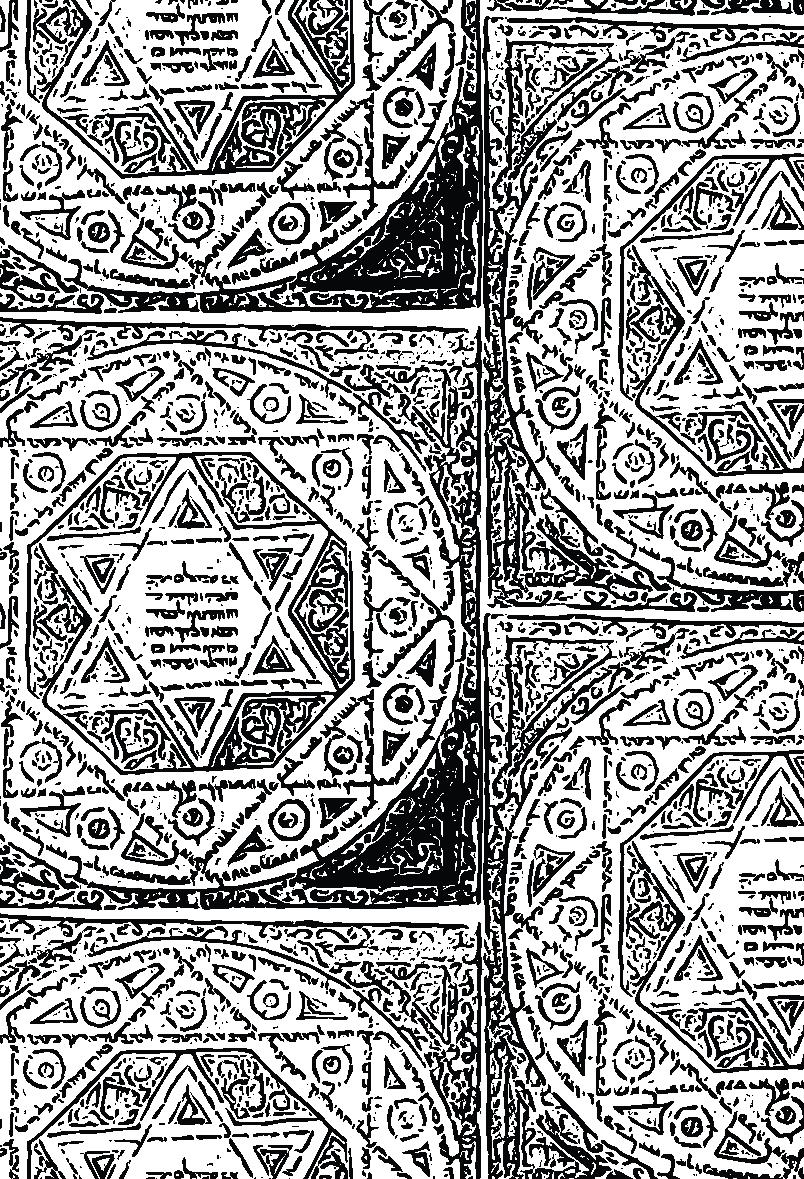LILITH
A VISUAL RE-TELLING




Lilith’s story starts in the Garden of Eden, when she refused to be lesser than Adam, they started a fight which resulted in Lilith leaving the garden. Soon after, God and Adam sent 3 angels in search of her to return. When they found her and delivered the message, Lilith refused and the angels threatened to drown her. They eventually came to an agreement that Lilith shall not harm any child or person bearing an amulet with the angel’s name on it.
Lilith started out from the lowliest of origins, she was a failure as Adam’s intended wife, then became the paramour of lascivious spirits, rose to be the bride of Samael the demon King, ruled as the Queen of Zemargad and Sheba, and then became a feminist icon.
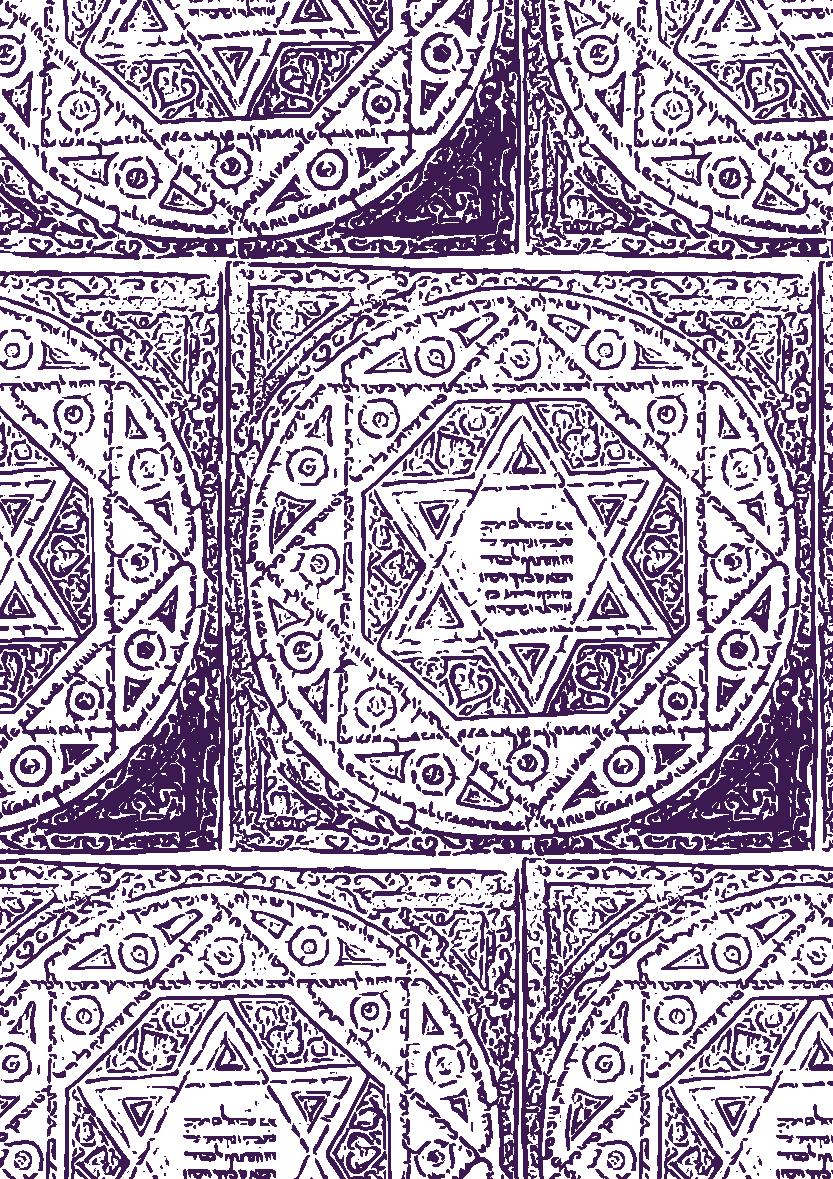
Her dark origins lie in Babylonian demonology, where amulets and incantations were used to counter the powers of this winged spirit. Lilith has also appeared in the worlds of ancient Hittites, Egyptians, Israelites and Greeks. She makes a solitary appearance in the Bible, as a wilderness demon shunned by the prophet Isaiah, and in the Middle Ages she reappears in Jewish sources, as the dreadful and feared first wife of Adam.


Lilith’s story could have been a very successful method of fear and control. She is held responsible for many things that could be due to other issues. The people of the time feared Lilith because she did not live to their societal and cultural norms. They would not speak out or stand up, or risk being called a Lilith or associated with her. They feared being outcast and treated how she was, so nobody ever considered their perspective might have flaws to it.
While Lilith is commonly associated with Death, Lust and Darkness, her modern interpretation features much more positive aspects such as: independence, confidence, femininity and bravery.
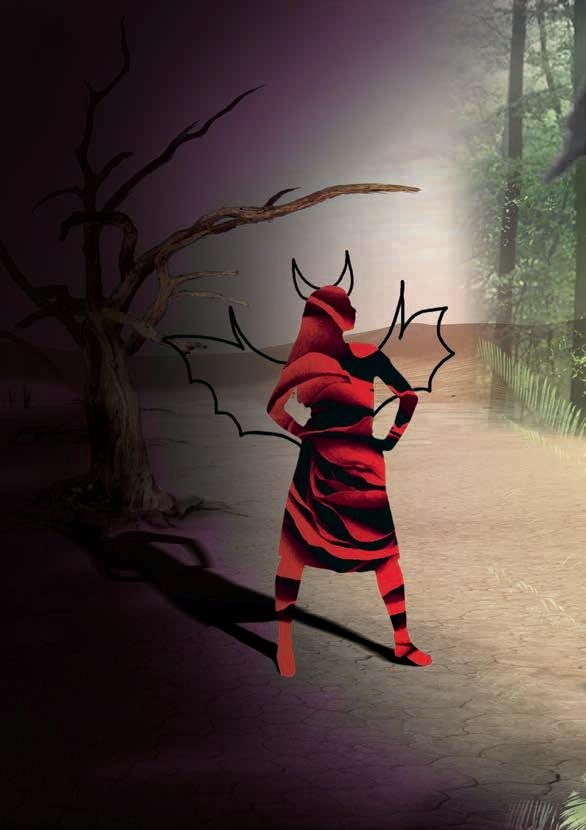

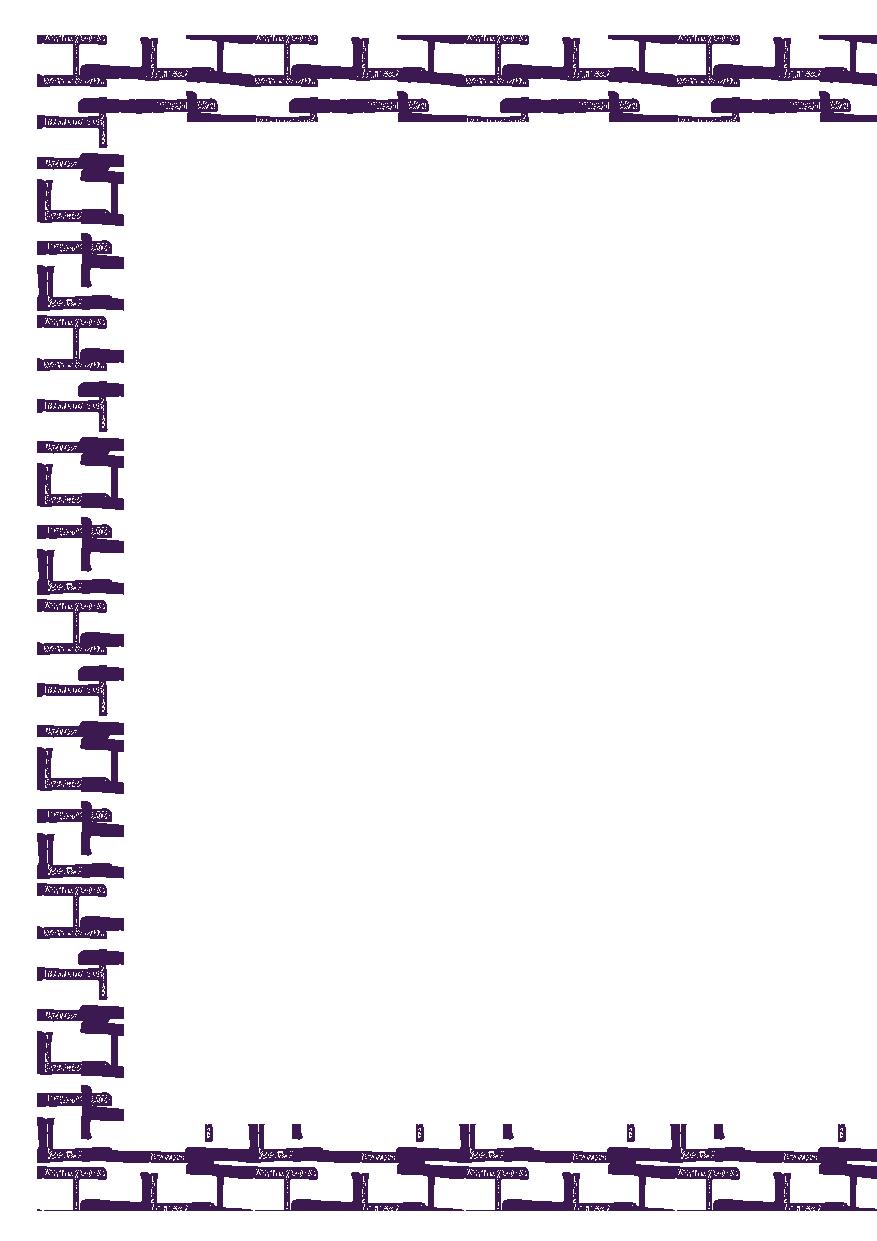
In designing the new perspective of Lilith, every part and icon needs to be carefully considered. The fonts were chosen to represent Lilith as elegant in a more passive way. The colour palette is Red, Black, Purple, and White. These represent Love, Blood, Sophistication, Darkness, Wisdom and Magic all things that appear in or represent Lilith’s story. There is such a duality Lilith’s image, that contrasting colours and elements need to be used. The typographic elements are very dark and sinister, while the illustrations and photo-montage portray the more positive and relatable side of Lilith. The iconography and figures are also created to show 2 sides, and create new meaning.
All the symbols and patterns featured, portray an aspect of her story and meaning. A snake for instance, represents the snake in the Garden of Eden, fertility, and immortality.
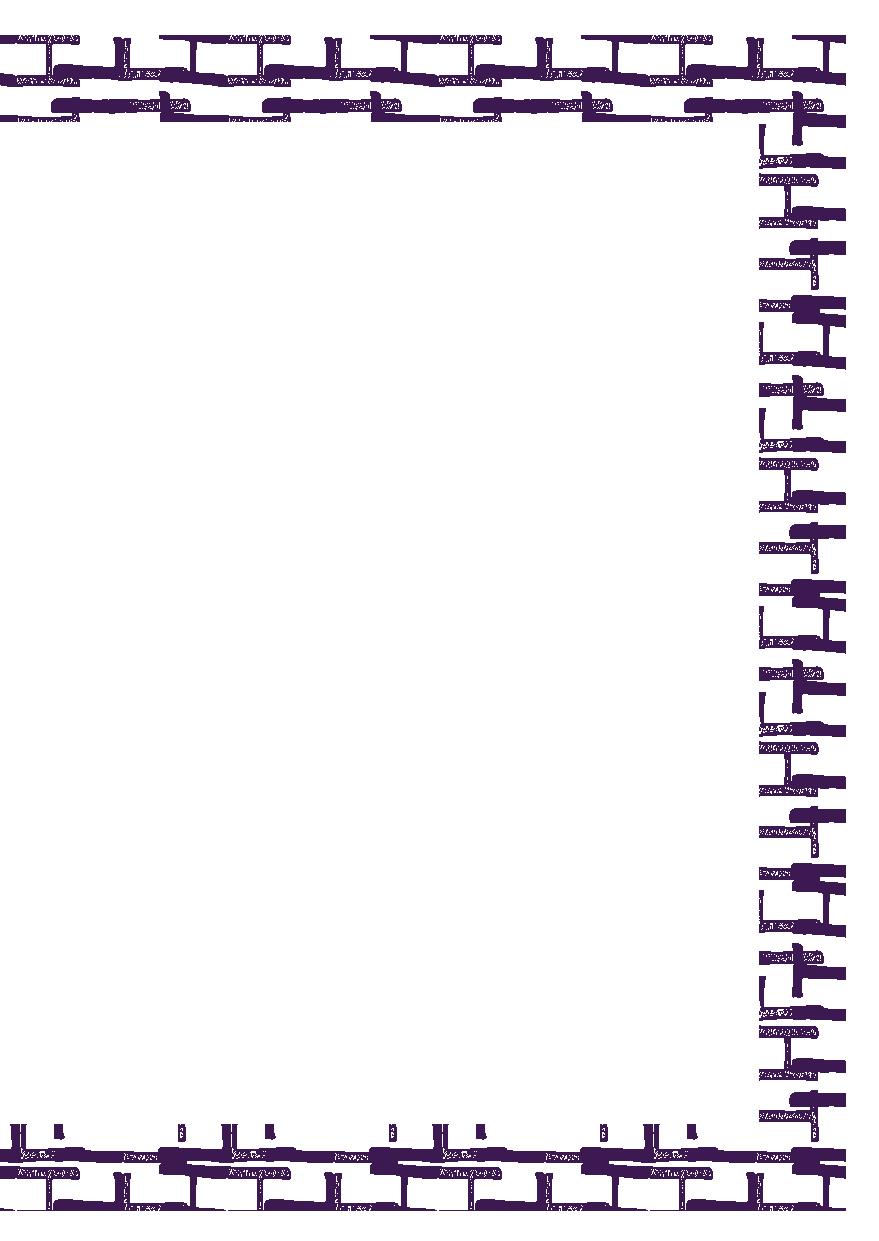
Ahrens, R., Klaeger, F. & Stierstorfer, K. (2021). Symbolism 2020: An International Annual of Critical Aesthetics. Berlin, Boston: De Gruyter. https://doi. org/10.1515/9783110716962
Burton, N. (2021). The Symbolism of Snakes. Psychology Today. https://www. psychologytoday.com/nz/blog/hide-and-seek/202105/the-symbolism-snakes.
Feldman, R. (n.d.). Lilith: Lady Flying in Darkness. My Jewish Learning. https:// www.myjewishlearning.com/article/lilith-lady-flying-in-darkness/
Fredericksen, L. (2023, March). angel and demon. Encyclopedia Britannica. https://www.britannica.com/topic/angel-religion
Gaines, J.H. (2001). Lilith. Biblical Archaeology Society. https://www. biblicalarchaeology.org/daily/people-cultures-in-the-bible/people-in-thebible/lilith/.
Hadas, P. (1976). The Passion of Lilith. Lilith Magazine. https://lilith.org/articles/ the-passion-of-lilith/.
Tearle, O. (2021). The Curious Symbolism of Roses in Literature and Myth. Interesting Literature. .https://interestingliterature.com/2021/10/rosessymbolism-in-literature-and-myth/
Patai, R. (1968). The Hebrew Goddess. KTAV Publishing House, Inc. Chapter 7. p 209-212. https://archive.org/details/x-the-hebrew-goddess/page/207/mode/2up.
(n.d.). Ancient Israelites: Society & Lifestyle. My Jewish Learning. https://www. myjewishlearning.com/article/ancient-israelites-society-lifestyle/.
(n.d). Ancient Israel. Time Maps. https://timemaps.com/civilizations/ancientisrael/.
Fonts:
Arima Madurai - Google Fonts
Fertigo Pro - Adobe Fonts
Monotype Corsiva - Adobe Fonts

